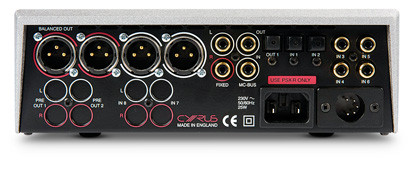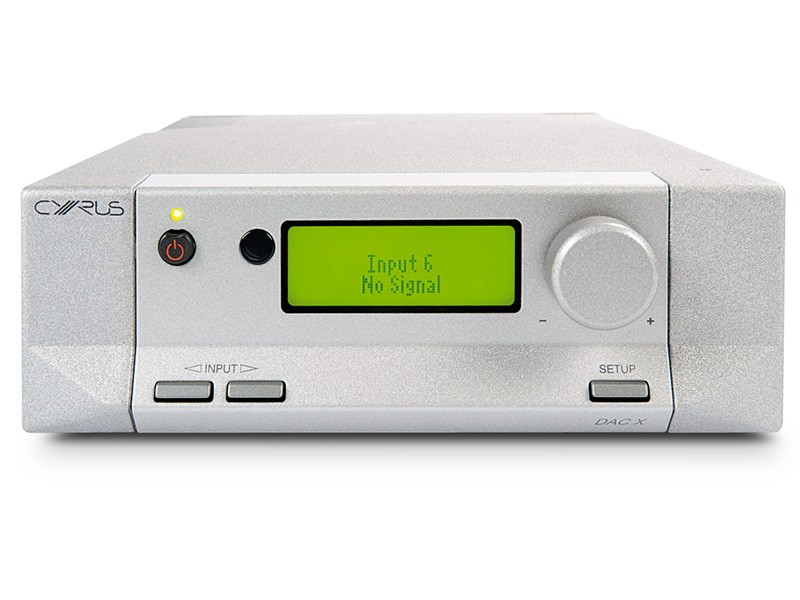TechRadar Verdict
Pros
- +
Upgradeable
- +
Good ergonomics
- +
Strong and clear bass
Cons
- -
No USB input
- -
Sound lacks some insight and precision
Why you can trust TechRadar
Cyrus currently offers two Digital to Analogue Converters, the DAC X+ we have here and the DAC XP+ (the latter also includes a preamplifier).
You might think this one has some preamp functionality, given the presence of what looks remarkably like a volume control on the front, but the rotary knob is actually used for set up functions, including the rather appealing option to name the inputs to something relevant.
And if you hanker after a built-in preamp later, you can always return your DAC X+ to the Cyrus factory for an upgrade to XP+ status. Cyrus has always been good at this upgrade thing, of course.
One of its most successful optional extras is the PSX-R power supply, a stonking great transformer in a Cyrus box, alongside some very high-performance supply regulation circuits. The transformer built into the X+ is followed by several regulators and these supply juice to a pair of DAC boards, each one sporting a good-quality DAC chip and a handful of op-amps plus decent quality plastic-film capacitors.
There's actually quite a lot of analogue circuitry, not least because of the requirement to drive balanced outputs, two sets of which grace the rear of the unit.
As for inputs, there are six in total, all S/PDIF – two optical and four electrical. There's also an optical digital output which simply relays the chosen source for recording or multichannel decoding purposes.

The lack of a USB input slightly dates this unit, though one can pick up USB-S/PDIF convertors for well under £100.
Sound quality
An arguably more serious indictment of this DAC's age (it's one of the longest-serving here) came in terms of comments on its sound. Criticism wasn't strong, but our blind listeners would have liked some more detail and insight, especially in musical lines below the top one.
As one listener pointed out, there seems to be a consistent dullness in voices and instruments, making the music quite forthright, but ultimately less engaging. Conversely, brighter-sounding melody instruments seem even more cutting than usual – hard-played lead guitar, for example, which developed a degree of 'fizz' in our Led Zeppelin track.
To some extent this is ameliorated by a strong and well-placed bass, but the balance does seem a little treble-heavy on average. In fact, the business about dullness of accompaniment is a complex one.
When, as happens from time to time, the melody is in a low-ish register it still seems to be unduly prominent, so clearly the issue is not simply tonal imbalance. Rather, it's the lack of detail that's the crucial issue, with foreground material grabbing more than its fair share of attention. The background doesn't so much recede as lose the listener's focus – one is less aware of it and interesting little details slip by unnoticed. A similar thing happens with stereo imaging.
On the positive side, we found this DAC to be quite unfussy about digital sources. Overall, though, it just doesn't quite have the resolution we'd hope to find in an upmarket digital-to-analogue convertor.
Follow TechRadar Reviews on Twitter: http://twitter.com/techradarreview
